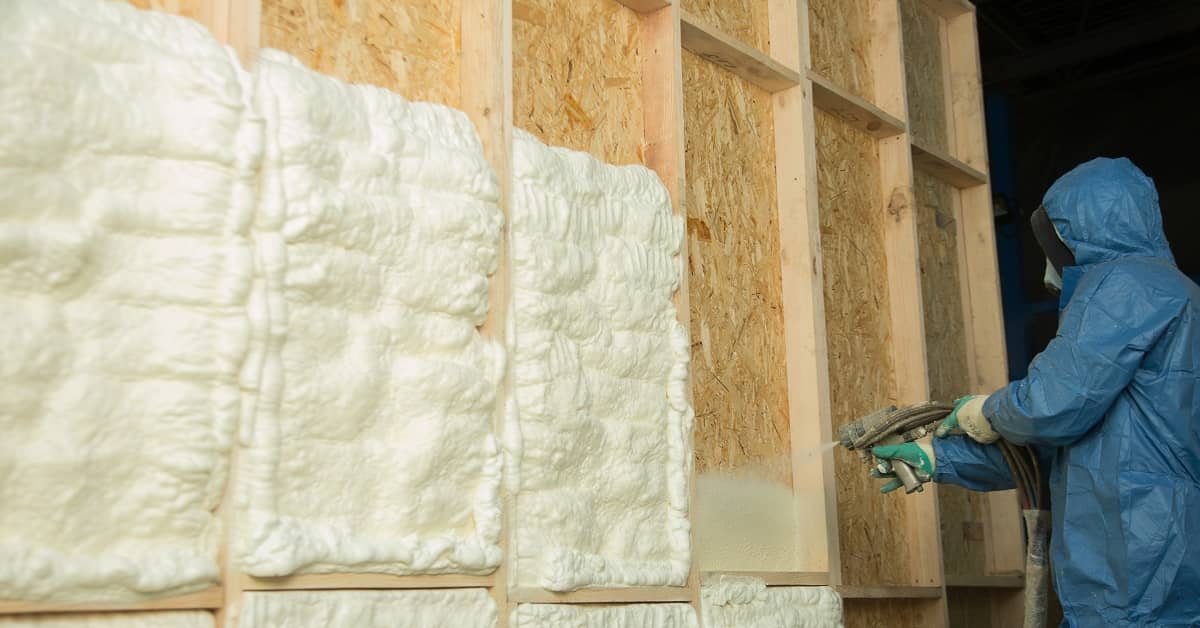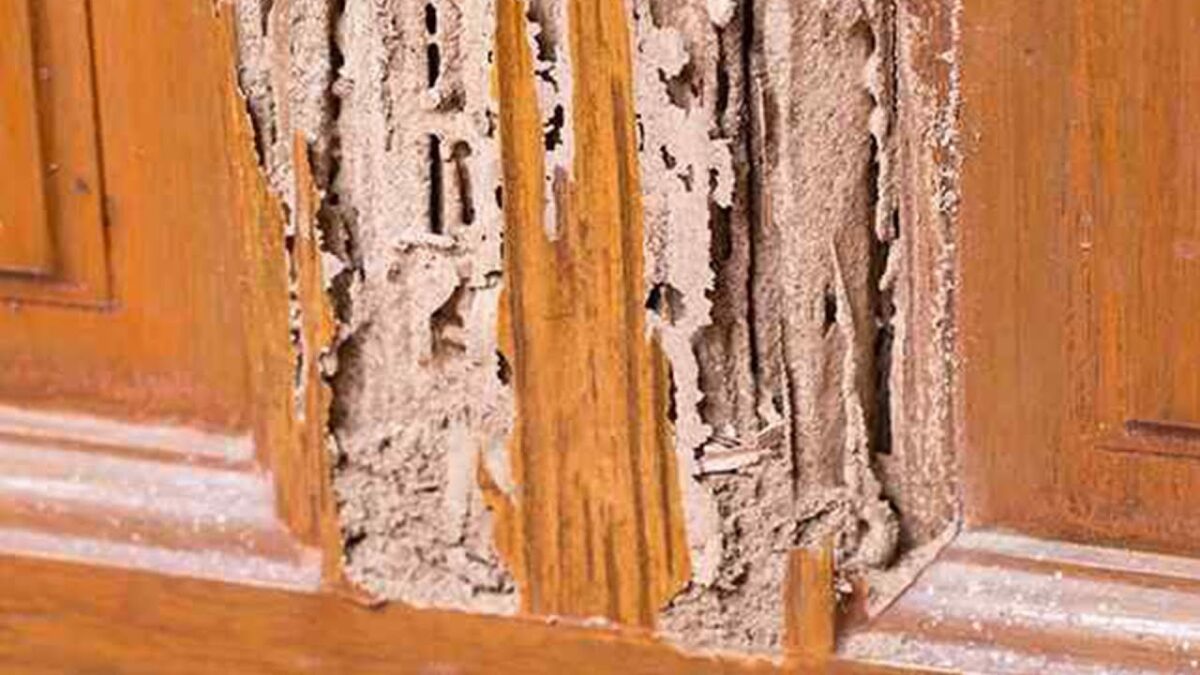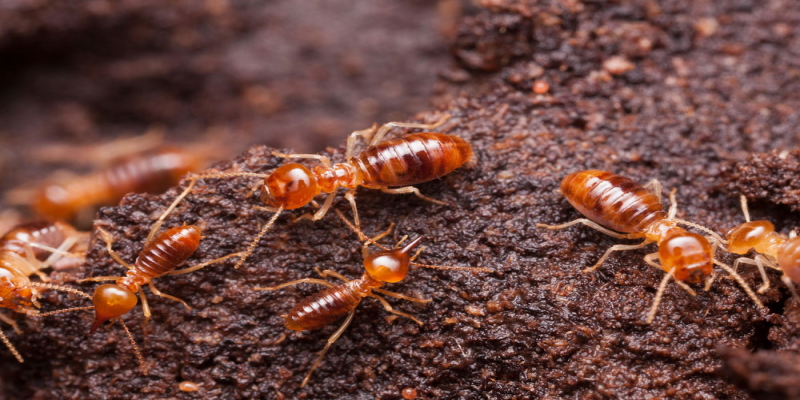Does Spray Foam Work Well Year-Round in Cold Winters and Hot Summers?

Spray foam insulation is widely recognized for its ability to enhance energy efficiency by providing superior air sealing and thermal resistance. It performs effectively throughout the year, maintaining comfortable indoor temperatures in both cold winters and hot summers. By creating a continuous, airtight barrier, spray foam minimizes heat loss in freezing conditions and blocks unwanted heat during hot weather. However, its year-round effectiveness depends on several key factors including the type of foam used, the quality of installation, and the specific climate conditions where it’s applied.
This article offers a detailed, educational analysis of spray foam insulation’s performance in extreme seasonal conditions. It will explain how spray foam reacts to temperature variations, the differences between open-cell and closed-cell foam, important installation and environmental considerations, and answers common questions to help homeowners, builders, and designers make informed decisions.
How Spray Foam Works in Cold Winters and Hot Summers
Spray foam insulation works by expanding upon application to fill gaps, cracks, and cavities, creating a seamless thermal and air barrier. This barrier significantly reduces uncontrolled airflow that contributes to heat loss in winter and heat gain in summer. The insulation value of spray foam, measured by its R-value, helps resist temperature flow through walls, roofs, and other building components.
In winter, spray foam retains warm air inside the building and blocks cold air from penetrating the structure. This prevents drafts and cold spots, helping maintain steady indoor temperatures and reducing the load on heating systems. During summer, spray foam acts as a shield that keeps hot outdoor air from infiltrating the interior, thus lowering the cooling demand and preventing humidity from entering and causing discomfort or potential mold issues.
Closed-cell spray foam offers a higher R-value per inch and a built-in moisture barrier, making it especially effective in both very cold and very hot climates. Open-cell foam has a lower R-value, is less dense, and allows some moisture permeability, so it generally suits milder climates or interior applications where moisture control is less critical.
Summary of Year-Round Performance:
- Winter: Limits heat loss and moisture intrusion, preventing condensation and frost buildup inside walls.
- Summer: Reduces heat gain and moisture infiltration, helping keep indoor humidity lower and improving air conditioning efficiency.
Differences Between Open-Cell and Closed-Cell Spray Foam
Understanding the two main types of spray foam is crucial to assessing how well spray foam insulation performs year-round in diverse climates.
- Open-Cell Spray Foam
Open-cell foam is lighter, less dense, and expands more upon application. It has an R-value typically around 3.5 to 3.6 per inch. It is vapor permeable, meaning it allows some moisture to pass through, which can be beneficial in certain building assemblies to allow drying. However, it does not provide a moisture barrier and is more susceptible to water damage if exposed to liquid moisture. - Closed-Cell Spray Foam
Closed-cell foam is denser and provides an R-value of 6.0 to 7.0 per inch. It acts as both an air sealant and a moisture barrier, preventing water vapor from passing through. This makes it more suitable for harsh climates with high humidity or freezing temperatures where moisture buildup could cause structural damage. Closed-cell foam also adds structural strength to walls and roofs.
Which Foam Works Best Year-Round?
Closed-cell foam is generally better for extreme climates because it provides higher insulation, better moisture control, and structural benefits. Open-cell foam is more cost-effective for moderate climates or interior applications where moisture control is managed by other methods.
Installation Quality and Environmental Conditions
Spray foam’s effectiveness heavily depends on professional installation. Improper application can lead to gaps, uneven thickness, or voids that reduce insulation performance and allow air and moisture infiltration.
Key Installation Factors:
- Temperature and Humidity: Spray foam needs specific temperature and humidity ranges during installation to cure properly and bond to surfaces.
- Surface Preparation: Surfaces must be clean, dry, and free of dust or debris to ensure good adhesion.
- Thickness Consistency: Uniform application thickness is necessary to achieve the desired R-value and air seal.
- Professional Expertise: Certified installers understand the correct mixing ratios and spraying techniques.
Inadequate installation can cause foam shrinkage, gaps, or poor adhesion, compromising the insulation’s year-round performance and durability.
Impact of Climate on Spray Foam Effectiveness
Spray foam insulation reacts differently depending on the local climate. Its ability to control temperature extremes and moisture relies on matching foam type and thickness to environmental conditions.
- Cold Winters:
Closed-cell spray foam excels in cold climates by providing a continuous moisture barrier that prevents condensation inside walls, which can freeze and cause damage. Its high R-value reduces heat loss through walls and roofs, reducing heating costs significantly. - Hot Summers:
Spray foam insulation reduces heat gain and blocks humid air infiltration, improving indoor comfort and reducing air conditioning expenses. Closed-cell foam’s moisture resistance is particularly important in humid areas to prevent mold and structural decay. - Moderate Climates:
Open-cell spray foam may suffice where extreme moisture control is less critical and moderate insulation is required.
Ventilation and Air Quality Considerations
Spray foam creates an airtight envelope, which improves energy efficiency but also limits natural air exchange. Without proper ventilation, this can lead to poor indoor air quality and buildup of pollutants.
Homes insulated with spray foam require well-planned mechanical ventilation systems such as heat recovery ventilators (HRVs) or energy recovery ventilators (ERVs) to maintain healthy air quality year-round.
Cost vs. Benefits of Spray Foam Insulation
Spray foam insulation generally costs more upfront compared to traditional fiberglass or cellulose insulation. However, its superior air sealing and thermal properties often translate to substantial energy savings—commonly 20% to 50% reduction in heating and cooling bills.
Over time, the reduction in energy consumption can offset the higher installation cost. Additional benefits include improved indoor comfort, reduced noise transmission, and potential structural reinforcement when closed-cell foam is used.

Environmental Impact of Spray Foam
Some spray foam products use chemical blowing agents with high global warming potential (GWP). Manufacturers are increasingly adopting low-GWP blowing agents and environmentally friendly formulas. When choosing spray foam, consider products with third-party certifications for reduced environmental impact.
Common Questions About Spray Foam Year-Round Performance
Does spray foam insulation crack or shrink over time?
When properly installed, spray foam expands and cures to remain stable. It resists cracking and shrinking under normal temperature fluctuations.
Can spray foam trap moisture and cause mold?
Closed-cell foam acts as a vapor barrier and prevents moisture intrusion. Open-cell foam allows some vapor permeability, which can help prevent trapped moisture if used correctly. Proper installation and ventilation are critical to avoiding mold.
How thick should spray foam be for maximum winter insulation?
Typically, 2 to 3 inches of closed-cell spray foam provides sufficient insulation for cold climates. Local codes may require specific minimum R-values.
Is spray foam suitable for existing homes?
Yes. Spray foam can be applied to walls, attics, and crawl spaces during retrofit projects, but pre-existing moisture or structural problems should be addressed beforehand.
Does spray foam reduce HVAC equipment size?
Because spray foam improves energy efficiency, HVAC systems can often be sized smaller, lowering upfront equipment costs.
Make the Right Decision
Spray foam insulation offers reliable, year-round performance in cold winters and hot summers by creating a powerful air and thermal barrier. Closed-cell foam is preferred in extreme climates due to its superior insulation and moisture control, while open-cell foam is suitable for moderate environments. Successful outcomes rely on professional installation, climate-appropriate foam selection, and ensuring proper ventilation.
Before investing, assess your climate, building design, and budget carefully. Prioritize installers with experience and certifications to maximize the long-term benefits of spray foam insulation. With the right choices, spray foam can enhance comfort, reduce energy costs, and protect your home through all seasons.
Does Spray Foam Work Well Year-Round in Cold Winters and Hot Summers? FAQ
- Can spray foam insulation prevent ice dams in cold climates?
Yes. By creating a continuous air seal and high thermal resistance, spray foam reduces heat loss through the roof, which helps prevent the formation of ice dams caused by uneven roof temperatures and melting snow. - Is spray foam safe to use in hot, humid environments?
Closed-cell spray foam is safe and effective in hot, humid climates because it blocks moisture infiltration and resists mold growth. Proper ventilation is still important to maintain indoor air quality. - How long does spray foam insulation last?
Spray foam insulation can last 20 years or more when properly installed. It remains stable, does not sag, and maintains its insulation value over time under normal conditions. - Can spray foam insulation help reduce noise?
Yes. Both open-cell and closed-cell spray foam provide sound dampening benefits by filling gaps and reducing air movement, which lowers noise transmission through walls and ceilings. - Is spray foam compatible with all types of building materials?
Spray foam adheres well to most common building materials like wood, metal, and concrete. However, surfaces must be clean and dry, and certain materials may require specific primers or preparation for optimal adhesion. - For more: https://www.hituponviews.com/the-best-social-media-marketing-agency-for-insulation-contractors-in-reading-pa/








